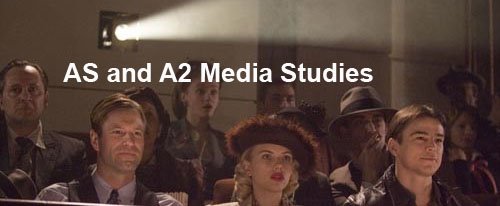The British do costume dramas and eccentricity very well but that seems to be about it for their TV series. Life on Mars was the last truly imaginative offering by the BBC. The US has been making ground-breaking TV drama series since the turn of the century. Think of The Sopranos, Deadwood, Mad Men, Six Feet Under, In Treatment, Breaking Bad, Damages, Curb Your Enthusiasm, The West Wing, Dexter, House, True Blood to name just a few!
Stultified by middle and upper class uniformity in which, conventional narratives, cynicism and wooden speech supposedly represents "our speech and values," British TV drama is cliched, tired and unimaginative. It's enfeebled by a monied, class structure every bit as strong as India's cast system; however the latter is out in the open whereas ours is obscured by modern consumerism, a divided education system and a narrowly owned media which has rarely represented British people in a realistic manner. Here's a timely article on the state of British TV drama by The Guardian's Mark Lawson; he examines some issues but, alas, he does not dig for the root causes deeply enough.
http://www.guardian.co.uk/tv-and-radio/tvandradioblog/2011/mar/29/state-british-tv-drama
A concept map for TV drama will appear on this blog soon.
Stultified by middle and upper class uniformity in which, conventional narratives, cynicism and wooden speech supposedly represents "our speech and values," British TV drama is cliched, tired and unimaginative. It's enfeebled by a monied, class structure every bit as strong as India's cast system; however the latter is out in the open whereas ours is obscured by modern consumerism, a divided education system and a narrowly owned media which has rarely represented British people in a realistic manner. Here's a timely article on the state of British TV drama by The Guardian's Mark Lawson; he examines some issues but, alas, he does not dig for the root causes deeply enough.
http://www.guardian.co.uk/tv-and-radio/tvandradioblog/2011/mar/29/state-british-tv-drama
A concept map for TV drama will appear on this blog soon.









